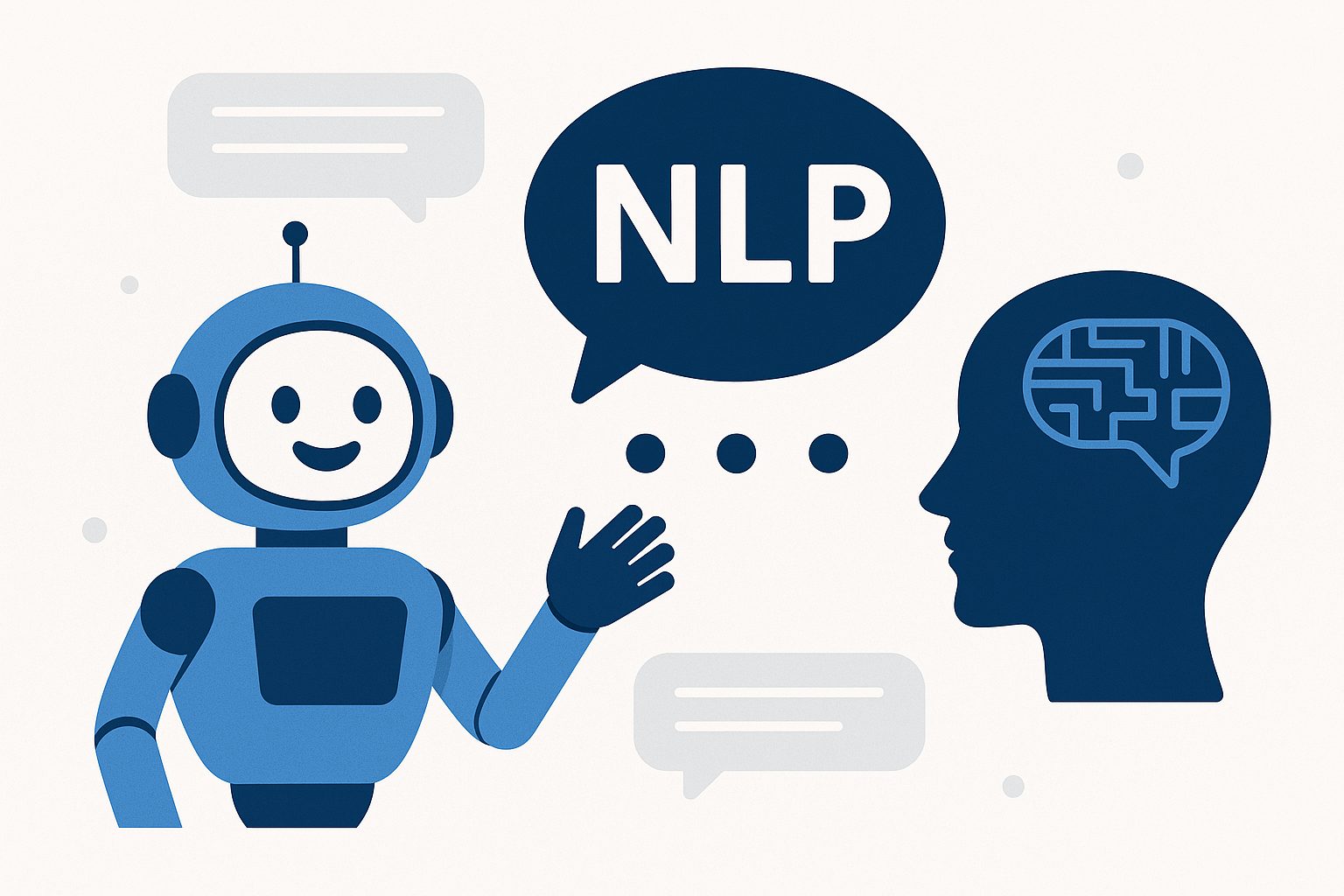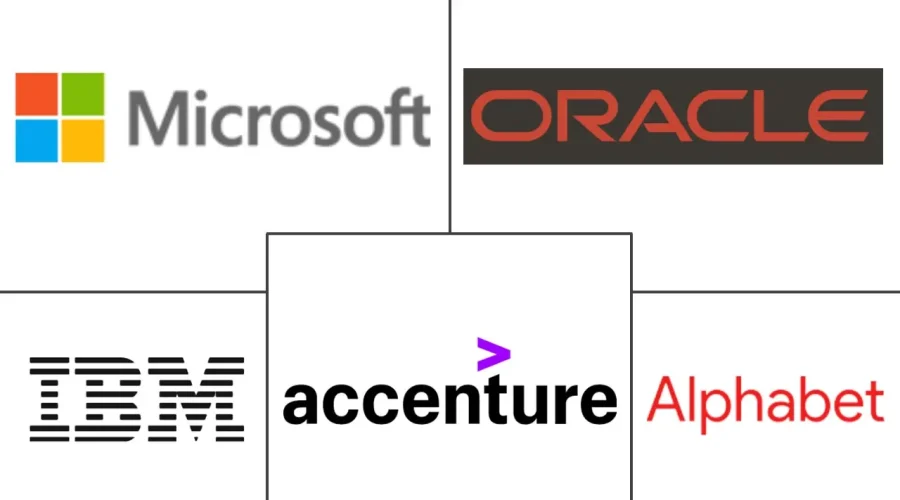As digital transformation accelerates, applying Natural Language Processing (NLP) techniques in AI chatbot programming has become a crucial factor for businesses to improve customer service quality. Especially for Vietnamese — a language rich in unique grammatical and structural features — NLP enables natural and efficient interaction, opening many opportunities to optimize customer care processes. NKKTech Global proudly supports Vietnamese businesses by developing intelligent chatbot solutions powered by advanced NLP technologies to meet challenging market demands.
Introduction to NLP in Chatbots
Natural Language Processing (NLP) is an AI field focused on enabling computers to understand and interact with human languages naturally. In AI chatbot programming, NLP forms the foundation for chatbots to accurately recognize words, understand context, user intent, and emotions, allowing appropriate and situationally relevant responses.
Vietnamese poses unique challenges due to its complex grammar and structure, requiring sophisticated techniques ranging from word segmentation to entity recognition and intent classification, to create natural and user-friendly chatbot interactions.
For further reading, see Wikipedia – Natural Language Processing and Coursera NLP Course.
NLP Applications in Vietnamese Chatbots
Applying NLP in Vietnamese chatbots transforms how businesses engage customers, enabling flexible responses to diverse queries, including misspellings or regional language variations.
Key applications include intent recognition, fast responses to product or service inquiries, order support, and extracting key info such as customer names, delivery locations, and preferred times — enhancing customer experience and operational efficiency.
NLP also helps analyze user sentiment and emotions, allowing chatbots to adapt tone and build friendly, satisfying interactions.
Popular NLP Techniques for Vietnamese
1. Word Segmentation
Unlike English, Vietnamese words are often multi-syllabic and not clearly separated by spaces. Accurate word segmentation is critical to precisely understand user input.
2. Syntactic and Semantic Analysis
This helps chatbots grasp sentence structure and overall meaning, especially with idioms or ambiguous phrases.
3. Named Entity Recognition (NER)
Extracts important entities like names, places, dates, and products for personalized and effective responses.
4. Intent Classification
Identifies user purposes such as pricing inquiries, orders, complaints, or technical support using advanced models like BERT and PhoBERT.
Learn more about PhoBERT here.
Challenges of Vietnamese NLP
Despite global NLP progress, Vietnamese language presents challenges including polysemy, homonyms, regional dialects, and lack of clear punctuation, complicating chatbot development.
Limited high-quality training data and handling of slang or local variants further complicate model accuracy.
Word boundary detection and entity recognition are also difficult due to Vietnamese’s unique language structure.
Real-world Applications at NKKTech Global
NKKTech Global has developed advanced Vietnamese chatbot solutions applying state-of-the-art NLP, improving customer experience and automating care processes for hundreds of businesses.
Utilizing PhoBERT and sophisticated intent classification and entity recognition algorithms, our chatbots achieve high accuracy in understanding user requests.
Our systems continuously learn from interactions to enhance response quality and adapt to evolving user behaviors, successfully deployed across e-commerce, customer service, and healthcare sectors.
Conclusion
NLP techniques are a crucial foundation for building intelligent, flexible, and user-friendly Vietnamese AI chatbots. Despite challenges, with continuous technological development and NKKTech Global’s expertise, we provide optimal chatbot solutions supporting Vietnam’s digital transformation.
If your business seeks a partner to develop high-quality AI chatbots with Vietnamese language processing expertise, please contact NKKTech Global for professional consultation and support.




